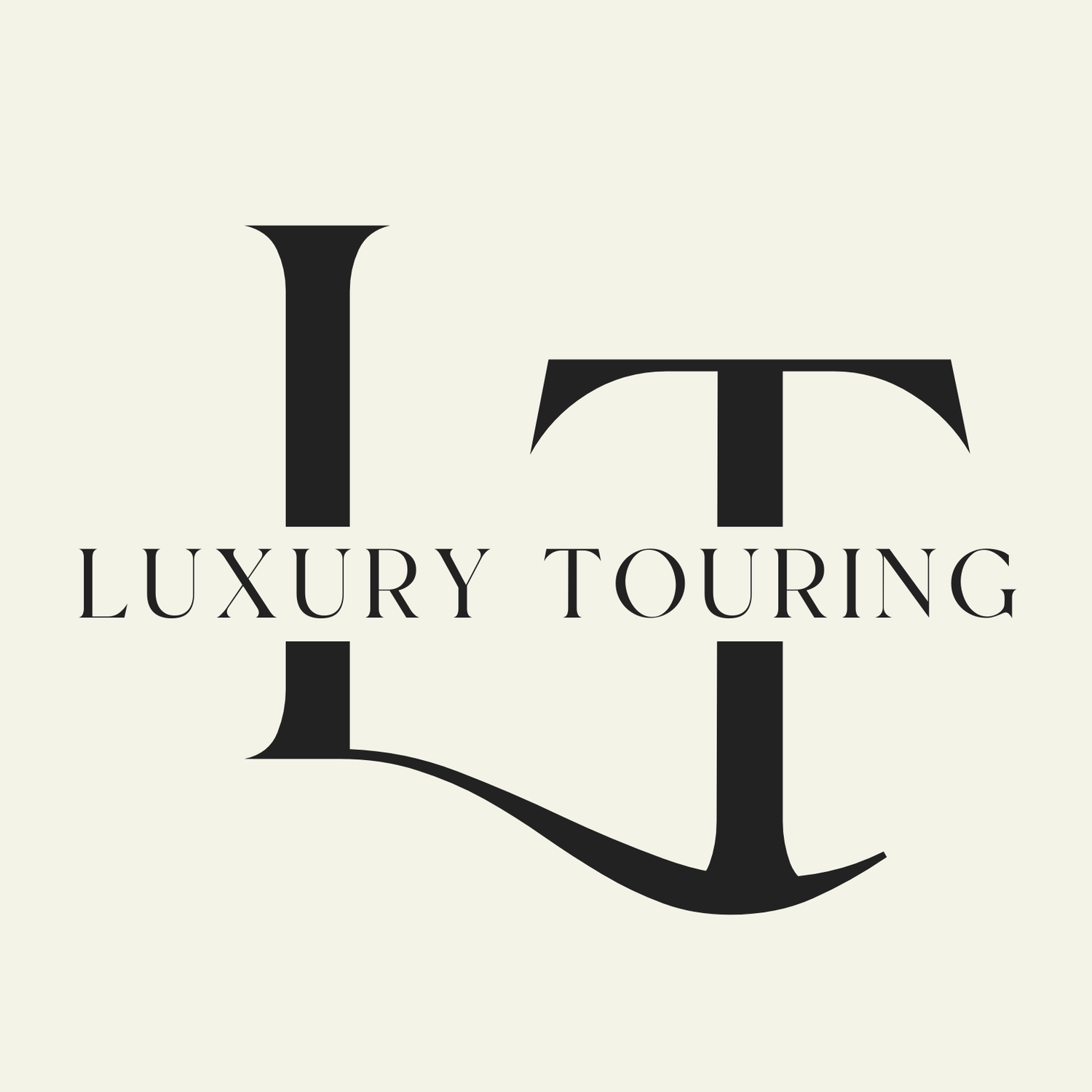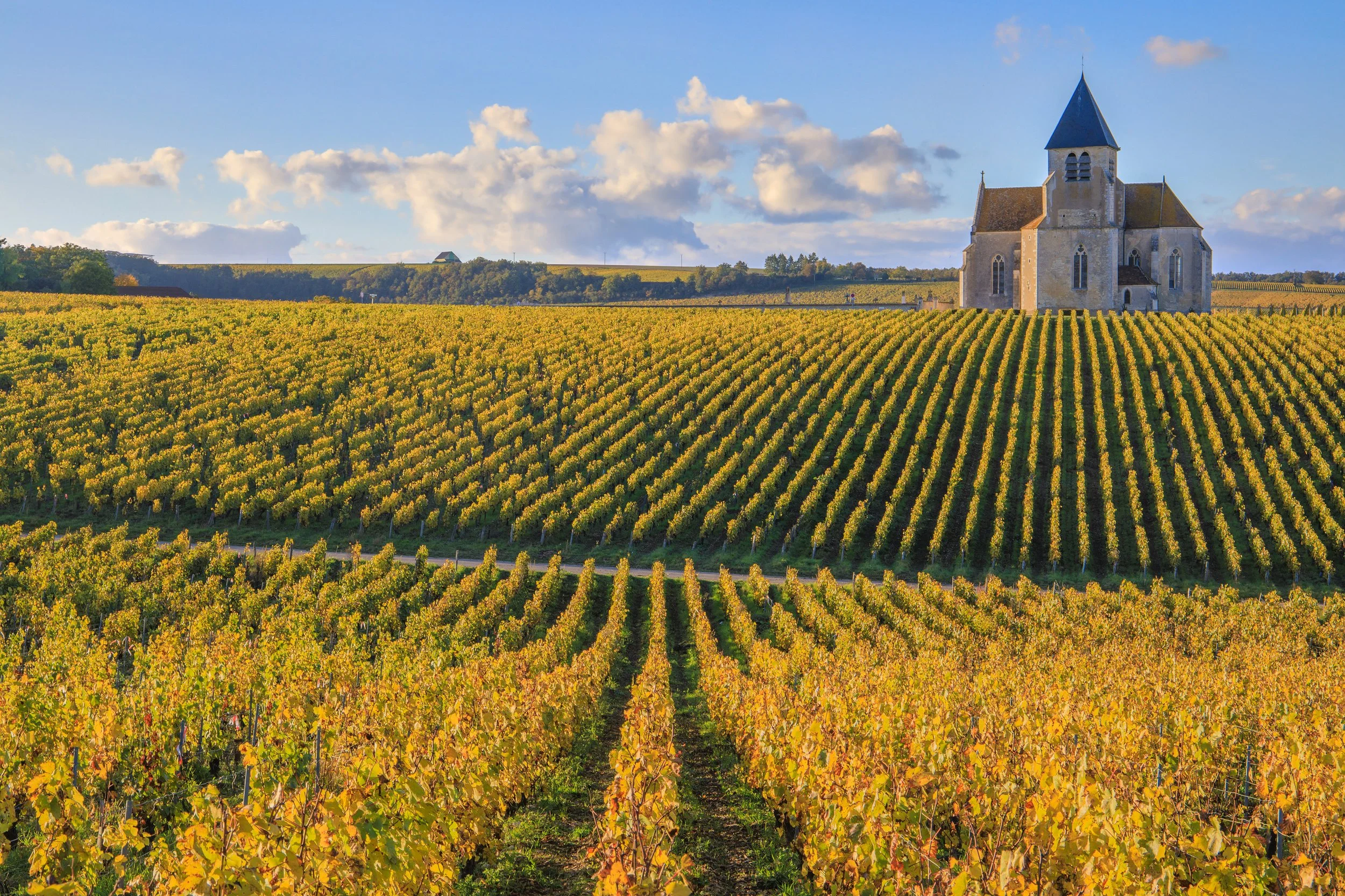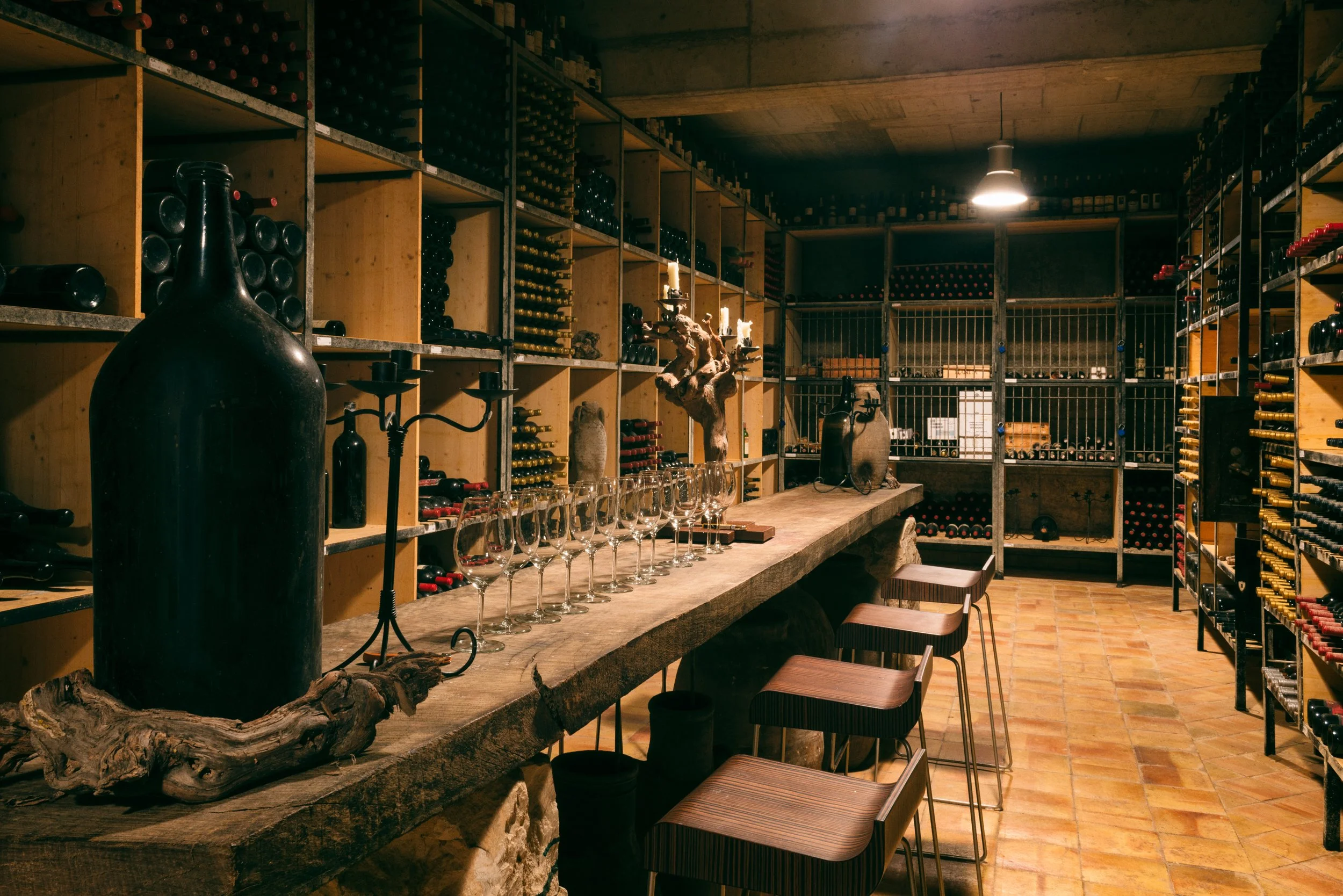Tuscany
Few wine regions have the allure of breath-taking countryside, historic hilltop towns and wines of such exceptional quality that Tuscany offers. We are delighted to be able to offer a wine tour in Tuscany showcasing three iconic producers of world-class wines. You will also enjoy delicious Italian cuisine, sumptuous accommodation, and travel in luxury VIP transport.
Two of Europe’s most powerful dynasties, the Antinori and Frescobaldi families have forged and created some of the world’s greatest wines. Equally Biondi Santi also has a rich family history dating back to the mid 1800’s.
These wineries have evolved over hundreds of years and their success as producers is as much a consequence of the hard work and learnings of the generations before, as it is for the expertise of the current generation of winemakers. Wine making is their lives and passion, and the results are quite simply outstanding.
We take in guided tours, hosted private wine tastings, and lunches at the Antinori Tignanello estate to the South of Florence, Frescobaldi’s Ornellaia and Masseto estates in Bolgheri on the Mediterranean coast, and the iconic Biondi Santi estate Tenuta Greppo, situated just two kilometres from Montalcino.
French Wine Tours
BORDEAUX
Welcome to arguably the finest wine-producing region on the planet, where you will visit some of the world’s finest wineries to meet the winemakers, taste superb wines, stay in magnificent châteaux, and, of course, enjoy wonderful French cuisine. Our private wine tasting tour is centred on the two primary wine-producing areas within the region that are generally referred to as the Left Bank and Right Bank, this division being geographically defined by the Gironde estuary.
Bordeaux is steeped in two thousand years of viticultural history that stretches back to the Roman occupation of the territory. With the creation of the “modern” Médoc in the 16th century, the Left Bank became Cabernet Sauvignon’s homeland and is host to the four most famous communes of the Médoc — Margaux, St-Julien, Pauillac, and St-Estèphe. The Right Bank’s leading appellations are equally as impressive, with St-Émilion and Pomerol. The wines vary in style and structure, with Cabernet Sauvignon as the dominant varietal in the Left Bank appellations. These grapes produce wines with greater tannins and age-worthy acidity.
The wines from the Right Bank appellations, including St-Émilion, Pomerol, and the Côtes de Bourg, are predominantly Merlot-based, resulting in wines with richer fruit characteristics. In addition to Cabernet Sauvignon and Merlot, there are other varietals in much lesser quantities used in the blending of the wines, Cabernet Franc and Petit Verdot being the most frequently included. We spend three or five wonderful days in the region visiting four world-renowned wineries — three on the Left Bank and one on the Right Bank in St-Émilion.
The Left Bank trio are Château Pichon Baron, Second Grand Cru Classé in St-Julien; Château Lafite-Rothschild, Premier Cru Classé in Pauillac; and Cos d’Estournel, Grand Cru Classé in St-Estèphe. In our opinion, there is no finer Right Bank winery than Château Cheval Blanc. Dating from the early 1800s, this legendary St-Émilion château is one of only four awarded the distinction of Premier Grand Cru Classé “A.”
Welcome to arguably the finest wine-producing region on the planet, where you will visit some of the world’s finest wineries to meet the winemakers, taste superb wines, stay in magnificent châteaux, and, of course, enjoy wonderful French cuisine. Our private wine tasting tour is centred on the two primary wine-producing areas within the region that are generally referred to as the Left Bank and Right Bank, this division being geographically defined by the Gironde estuary.
Bordeaux is steeped in two thousand years of viticultural history that stretches back to the Roman occupation of the territory. With the creation of the “modern” Médoc in the 16th century, the Left Bank became Cabernet Sauvignon’s homeland and is host to the four most famous communes of the Médoc — Margaux, St-Julien, Pauillac, and St-Estèphe. The Right Bank’s leading appellations are equally as impressive, with St-Émilion and Pomerol. The wines vary in style and structure, with Cabernet Sauvignon as the dominant varietal in the Left Bank appellations. These grapes produce wines with greater tannins and age-worthy acidity.
The wines from the Right Bank appellations, including St-Émilion, Pomerol, and the Côtes de Bourg, are predominantly Merlot-based, resulting in wines with richer fruit characteristics. In addition to Cabernet Sauvignon and Merlot, there are other varietals in much lesser quantities used in the blending of the wines, Cabernet Franc and Petit Verdot being the most frequently included. We spend three or five wonderful days in the region visiting four world-renowned wineries — three on the Left Bank and one on the Right Bank in St-Émilion.
The Left Bank trio are Château Pichon Baron, Second Grand Cru Classé in St-Julien; Château Lafite-Rothschild, Premier Cru Classé in Pauillac; and Cos d’Estournel, Grand Cru Classé in St-Estèphe. In our opinion, there is no finer Right Bank winery than Château Cheval Blanc. Dating from the early 1800s, this legendary St-Émilion château is one of only four awarded the distinction of Premier Grand Cru Classé “A.”
Bordeaux





